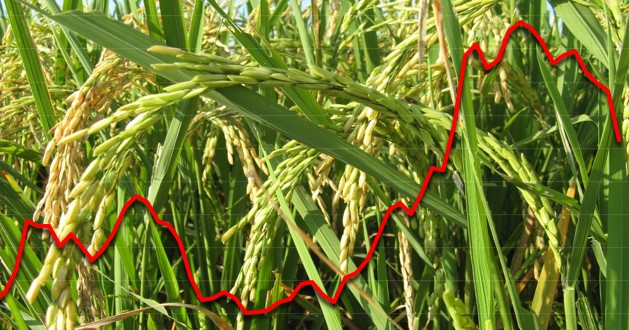
In February, world rice prices fell again by 7%, down 30% from February 2024. This is the lowest price level since October 2022. Further price contractions were particularly strong in Pakistan and Thailand. Vietnam was in line with the average drop in world prices, while in India, prices fell by 5%. World demand is limited, partly due to Indonesia’s withdrawal from the import market. Other importers had already made their purchases by the end of 2024 and demands remain sluggish. On the export supply side, the arrival of new winter-spring crops in Vietnam are also weighing on the market and the outlook for off-season crops in India and Thailand are quite favorable. In the Western Hemisphere, competition between the United States and Mercosur countries is tight, specifically in Central American markets. In addition, uncertainties about trade policies in North American countries may also affect export prices. Possible reciprocal tariffs could open up alternative markets in this region to Asian suppliers, especially Thailand and Vietnam. India, meanwhile, seems to focus more on low-priced rice exports to African countries, as well as on high and medium-quality markets in Southeast Asia. With the downward trend in world prices, world trade could increase again in 2025 to 60 Mt, against 59 Mt in 2024.
In February, the OSIRIZ/InfoArroz index (IPO) fell again by 15.7 points to 206.3 points (base 100 = January 2000) against 222.0 points in January. In mid-March, the IPO index fell further to 200 points
